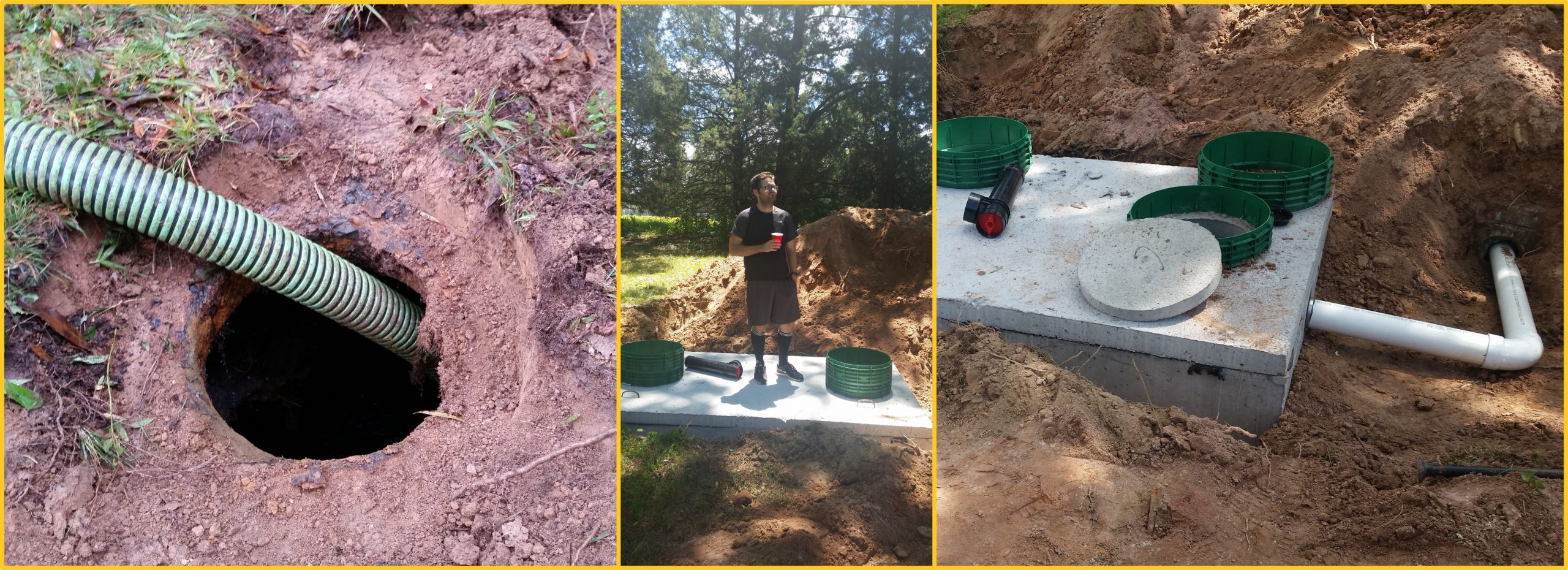Iverson G, Humphrey C, O’Driscoll M, Jernigan J*, Serozi B* and Sanderford C* (2022). Quantifying Total Phosphorus and Heavy Metals in Residential Septage. Applied Sciences 12(7): 3336. doi:10.3390/app12073336
Abstract
Septic systems are used for wastewater treatment in rural areas. Septic tanks promote stratification of wastewater into solid (sludge and scum) and liquid layers. Pollutant concentrations in the layers of residential septic tanks may be highly variable, and thus septage pumped from tanks with different layer thicknesses may also be variable. The goal of this study was to quantify the total phosphorus (TP) and heavy metal concentrations and masses of residential septage. The solid and liquid layer thicknesses were measured in 37 septic tanks. Samples were collected from each layer for pollutant concentration analysis. The median TP concentration (10.6 mg L−1) was greatest in the sludge layer, followed by the scum (5.3 mg L−1) and liquid (1.8 mg L−1) layers. Concentrations of heavy metals were highly variable for each layer type. The masses of the TP, cadmium, copper, lead, nickel, and zinc contained median (range) values of 19.4 g (0.9–1041 g), <0.01 g (<0.01–1.99 g), 1.3 g (0.1–520 g), 1.8 g (<0.01–44.2 g), 1.3 g (<0.01–4.3 g), and 13.8 g (0.3–788 g), respectively. Since septage is typically applied on land as a soil amendment for crop growth, it is important that representative composite samples are collected to prevent excess buildup of TP and metals, which may harm yields or environmental health.
*Jordan Jernigan, Brent Serozi and Christa Sanderford are alumni of the ECU MS Environmental Health (MSEH) Program.



